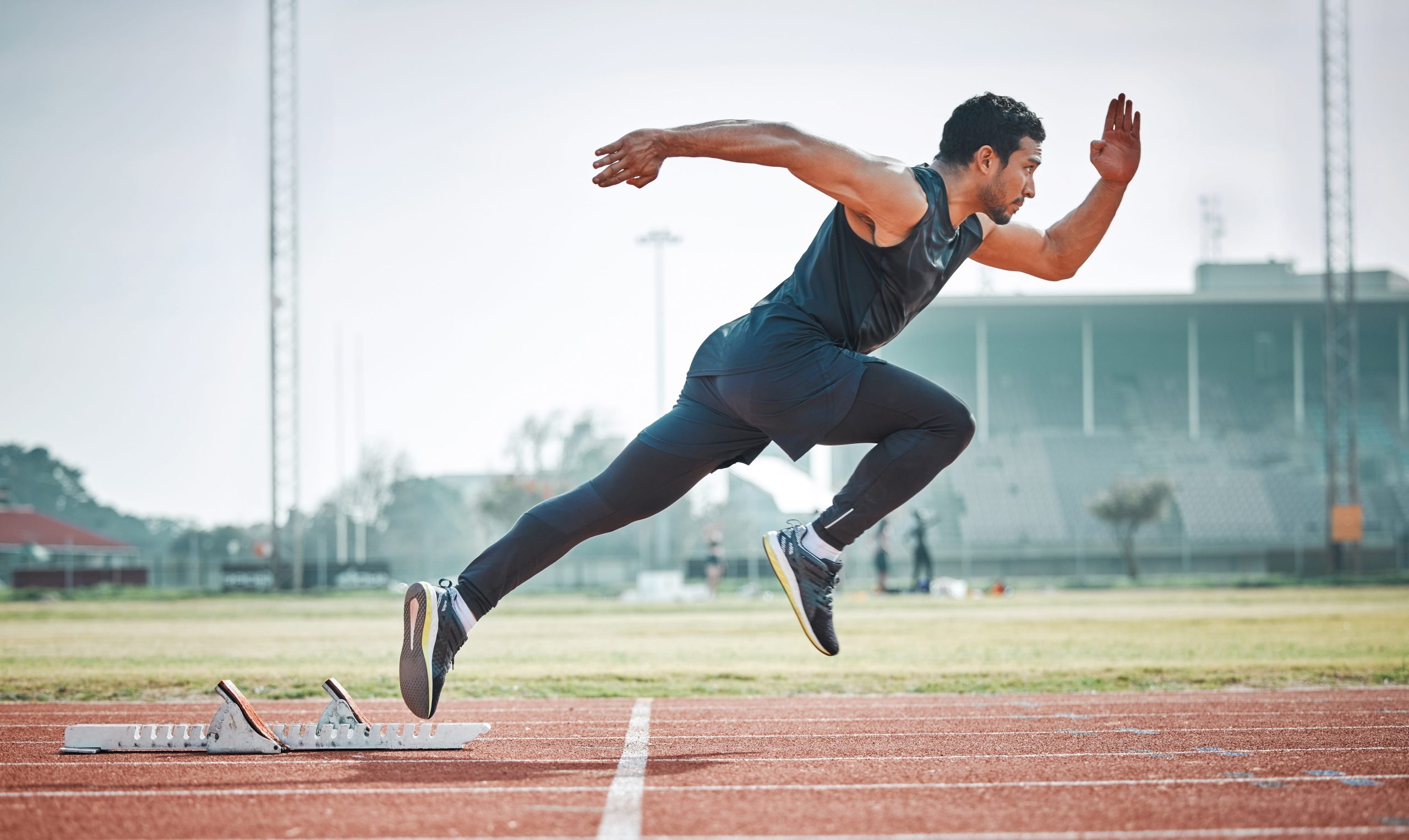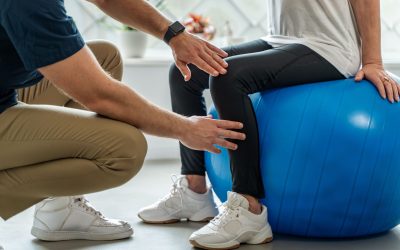How to Run Faster: Unlock Your Full Potential with Functional Movements
Are you ready to revolutionize your running game? Discover how integrating biomechanics and functional movements into your training can boost your speed and enhance your overall running efficiency. This approach goes beyond traditional training methods, focusing on optimizing every aspect of your movement to improve performance, reduce fatigue, and prevent injuries.
Why Optimize Running Efficiency to Run Faster?
Optimizing running efficiency involves fine-tuning how you move to maximize performance while minimizing energy expenditure and stress on your body. This strategic approach leads to a more effective and enjoyable running experience, yielding numerous benefits:
- Conserve Energy: By optimizing how efficiently you move, you can run longer distances without expending unnecessary energy.
- Prevent Injuries: Proper biomechanics help align your body correctly, drastically reducing the risk of common running injuries.
- Increase Speed: Efficient movement mechanics allow you to run faster by enhancing your body’s ability to generate and sustain speed.
- Enhance Enjoyment: When you run more efficiently, the lower effort required makes the experience more enjoyable and less taxing.
Understanding the Difference: Functional Patterns vs. Traditional Running Training
In running, the training methodology you choose can profoundly impact your performance and enjoyment. Here’s how Functional Patterns training differs from traditional running training:
Holistic vs. Specific Focus
- Functional Patterns: Training: Integrates the whole body, enhancing running mechanics through comprehensive posture, breathing, and movement strategies.
- Traditional Running Training: Targets specific goals like speed and endurance, potentially ignoring long-term biomechanical impacts.
Customized vs. Standardized Programs
- Functional Patterns Training: Uses individual assessments to tailor programs that enhance personal movement efficiency.
- Traditional Running Training: Offers generic programs focused on common fitness goals, often missing individual biomechanical needs.
Prevention vs. Reaction
- Functional Patterns Training: Focuses on injury prevention through early correction of dysfunctional patterns.
- Traditional Running Training: Reacts to injuries with adjustments, lacking a preventive focus.
Body Awareness Integration
- Functional Patterns Training: Promotes acute body awareness, allowing on-the-fly adjustments to form and efficiency.
- Traditional Running Training: Mainly measures external performance metrics, such as time and distance.
Sustainability
- Functional Patterns Training: Aims for long-term sustainability, reducing wear and tear, and enhancing overall runner well-being.
- Traditional Running Training: The repetitive nature of traditional training can sometimes lead to overuse injuries, which may compromise long-term running ability.
The Role of a Functional Movement Trainer in Learning How to Run Faster
Engaging with a functional patterns or biomechanics trainer can be a game-changer for runners aiming to enhance their performance efficiently. These experts excel in analyzing existing movement patterns and pinpointing biomechanical inefficiencies that could be impeding speed or causing unnecessary strain. Personalized coaching includes targeted exercises that enhance alignment, muscle balance, and overall movement efficiency, directly translating into faster and more resilient running.
Enhancing Your Running Mechanics with Biomechanics
Incorporating biomechanics into your running isn’t just about doing drills; it’s about applying scientific principles of human movement to improve your running significantly. Here’s how understanding biomechanics can help you run more efficiently, reduce injury risk, and enhance performance:
- Optimize Stride Dynamics: Adjusting your stride length and frequency to fit your body’s natural mechanics can reduce the stress on your joints and muscles, making your running more efficient. This means you can run faster and longer with less effort.
- Strengthen Core and Lower Body: Developing strength in your core (your torso) and lower body (legs) provides a stable base that supports every movement you make while running. This stability is crucial for powerful and balanced strides.
- Condition Foot and Ankle: Strong feet and ankles absorb the impact of each step more effectively, which helps maintain balance and drive you forward with greater force.
These strategies help ensure that every part of your body works together optimally, leading to a smoother, faster, and safer running experience.
Functional Movements to Incorporate into Your Routine
Incorporating functional movements into your daily training routine can significantly improve running efficiency and performance. Here’s how to get started:
- Dynamic Warm-Ups: These simple mobility exercises, like leg swings and hip circles, help loosen your muscles and joints before a run. Think of them as a way to ‘warm up’ your body, ensuring you can move more freely and reduce the risk of injuries during your run.
- Plyometric Training: This involves energetic exercises such as box jumps and leap frogs designed to increase muscle power. This type of training helps you develop the ability to push off the ground more forcefully, directly translating to faster and more powerful running strides.
- Form-Improving Drills: Exercises like high knees and butt kicks help refine your running form. They focus on improving how your legs move while you run, making running more efficient and effective. These drills enhance the coordination and activation of the muscles you use most during running.
Long-Term Benefits of Functional Movement Training for Runners
Running Injury Prevention Through Functional Training
Functional training enhances performance and plays a vital role in injury prevention. Focusing on natural movement patterns and correcting imbalances significantly lowers the risk of overuse injuries. Strengthening key running muscles and improving joint flexibility also reduces the likelihood of sprains, muscle strains, and stress fractures, leading to more consistent training and better health.
Sustained Physical and Mental Health Benefits
Emphasizing running efficiency brings extensive benefits beyond immediate gains. It boosts cardiovascular health, reduces stress and anxiety, and increases stamina and strength. These advantages contribute to a higher quality of life and help maintain physical fitness and mobility well into the future. Moreover, this training can enhance metabolic efficiency, improving the body’s ability to process and utilize energy, which supports weight management and overall metabolic health.
Take Your Running to New Heights in Birmingham, Michigan
Mastering how to run faster is more than just pushing your limits—it’s about refining and optimizing each aspect of your move. With a strategic approach based on biomechanics and functional movements, you can unlock your full potential, making every run smoother, faster, and more enjoyable.
Ready to elevate your running game? Visit us at Move As A Human for expert guidance on biomechanics and functional movements. Book your first session for free and start your journey toward achieving faster running speeds today!




